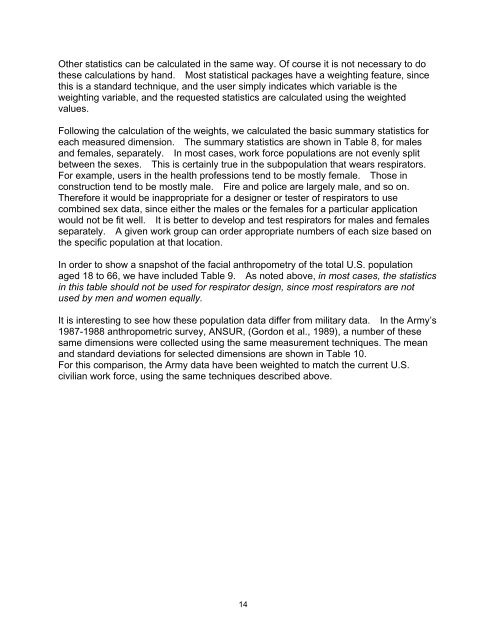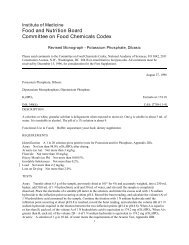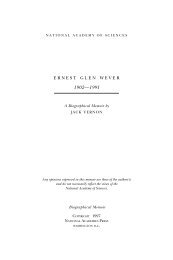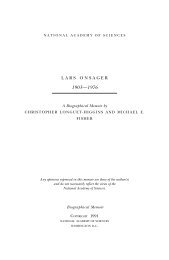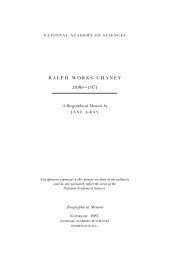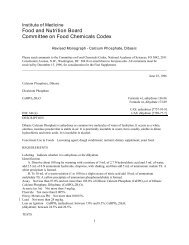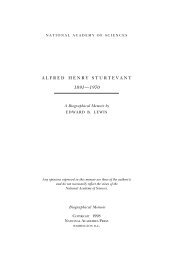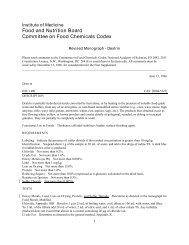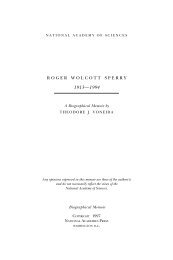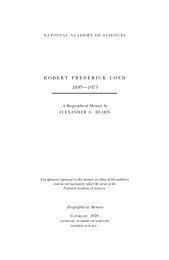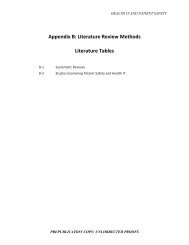A HEAD-AND-FACE ANTHROPOMETRIC SURVEY - The National ...
A HEAD-AND-FACE ANTHROPOMETRIC SURVEY - The National ...
A HEAD-AND-FACE ANTHROPOMETRIC SURVEY - The National ...
You also want an ePaper? Increase the reach of your titles
YUMPU automatically turns print PDFs into web optimized ePapers that Google loves.
Other statistics can be calculated in the same way. Of course it is not necessary to do<br />
these calculations by hand. Most statistical packages have a weighting feature, since<br />
this is a standard technique, and the user simply indicates which variable is the<br />
weighting variable, and the requested statistics are calculated using the weighted<br />
values.<br />
Following the calculation of the weights, we calculated the basic summary statistics for<br />
each measured dimension. <strong>The</strong> summary statistics are shown in Table 8, for males<br />
and females, separately. In most cases, work force populations are not evenly split<br />
between the sexes. This is certainly true in the subpopulation that wears respirators.<br />
For example, users in the health professions tend to be mostly female. Those in<br />
construction tend to be mostly male. Fire and police are largely male, and so on.<br />
<strong>The</strong>refore it would be inappropriate for a designer or tester of respirators to use<br />
combined sex data, since either the males or the females for a particular application<br />
would not be fit well. It is better to develop and test respirators for males and females<br />
separately. A given work group can order appropriate numbers of each size based on<br />
the specific population at that location.<br />
In order to show a snapshot of the facial anthropometry of the total U.S. population<br />
aged 18 to 66, we have included Table 9. As noted above, in most cases, the statistics<br />
in this table should not be used for respirator design, since most respirators are not<br />
used by men and women equally.<br />
It is interesting to see how these population data differ from military data. In the Army’s<br />
1987-1988 anthropometric survey, ANSUR, (Gordon et al., 1989), a number of these<br />
same dimensions were collected using the same measurement techniques. <strong>The</strong> mean<br />
and standard deviations for selected dimensions are shown in Table 10.<br />
For this comparison, the Army data have been weighted to match the current U.S.<br />
civilian work force, using the same techniques described above.<br />
14


